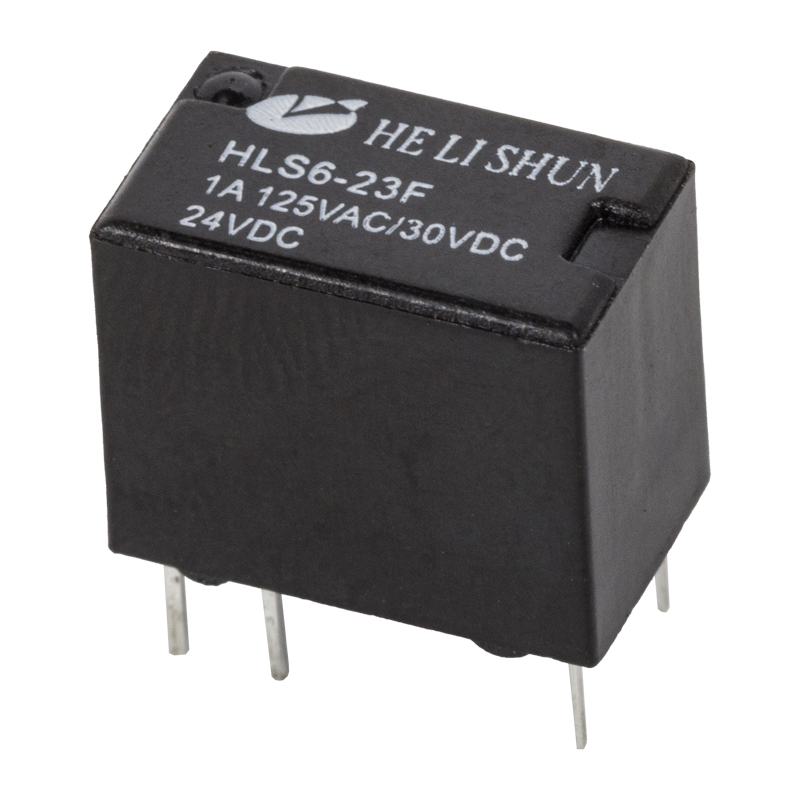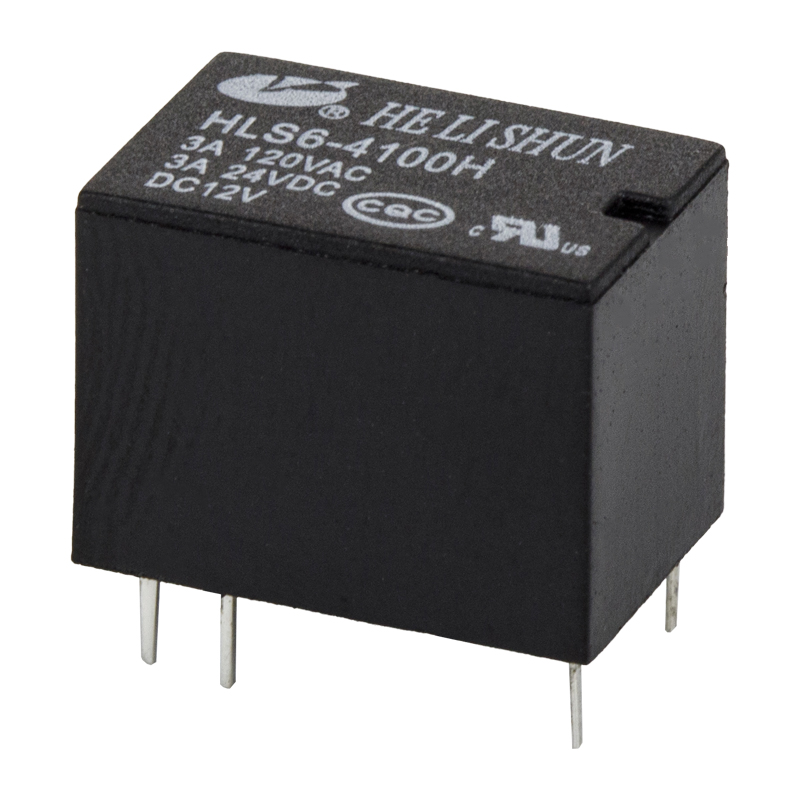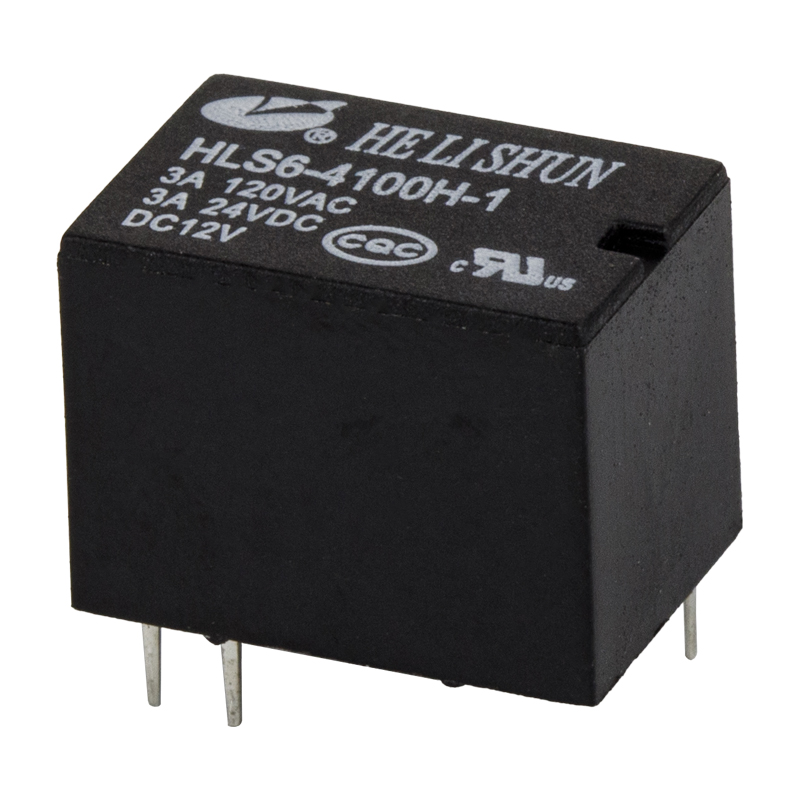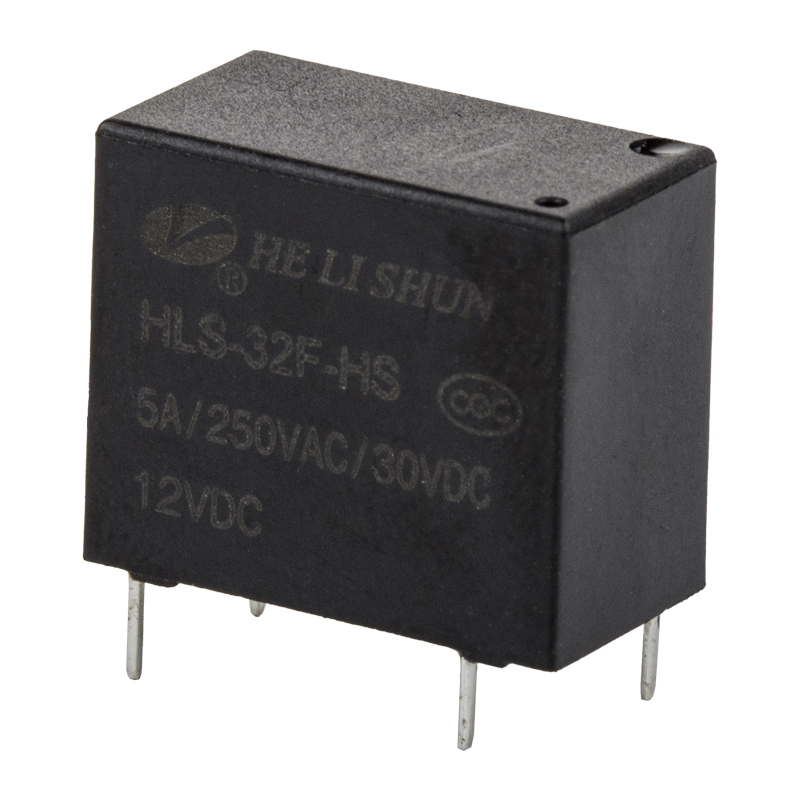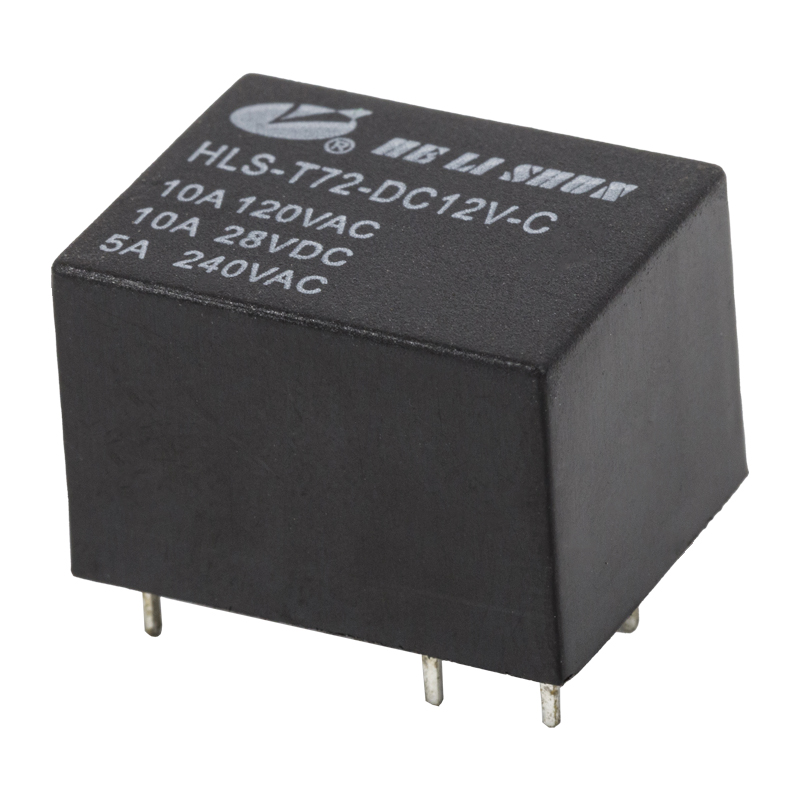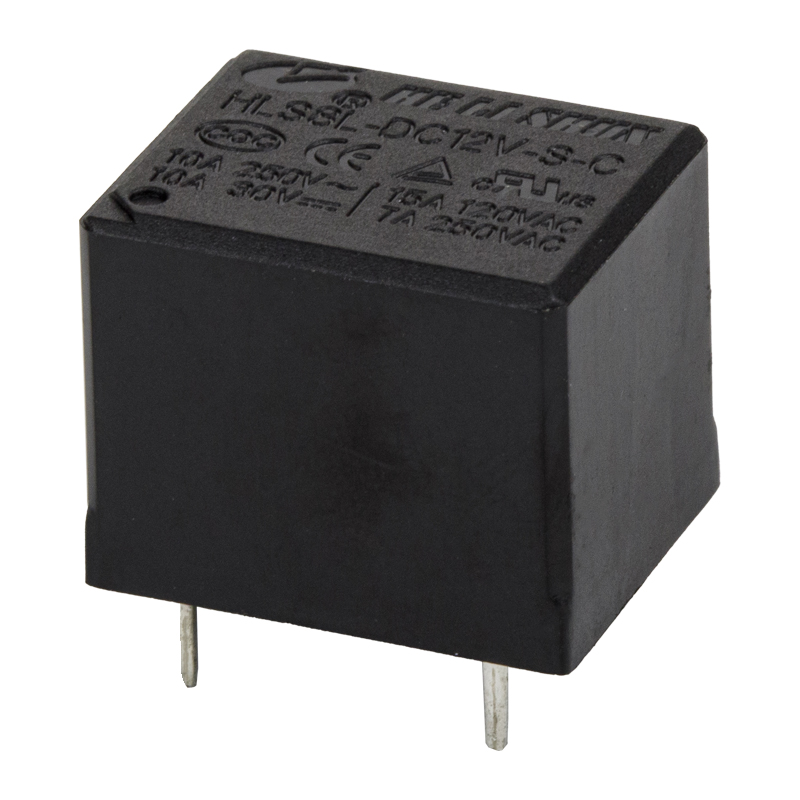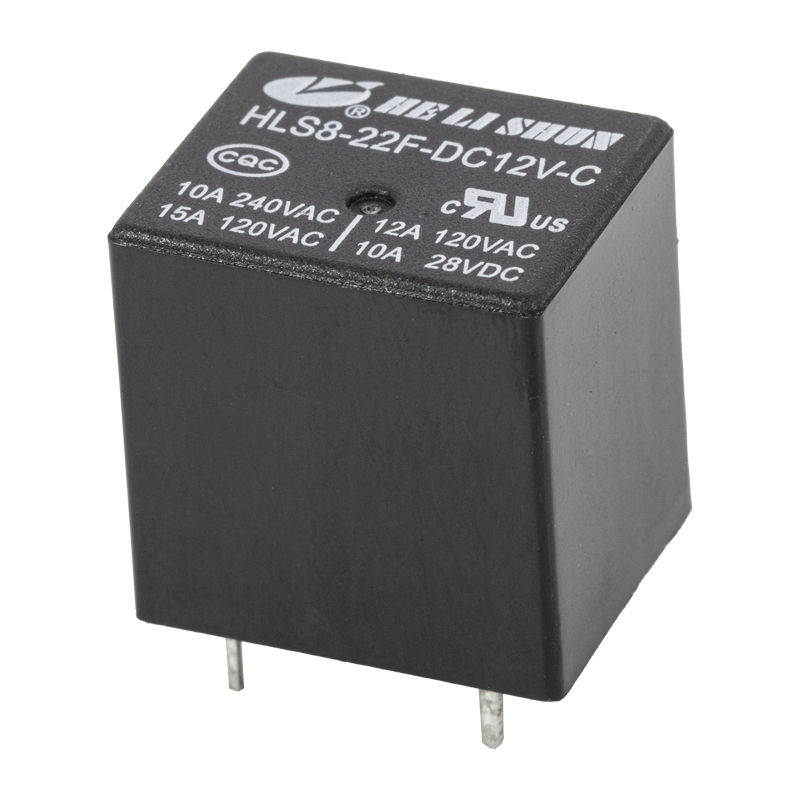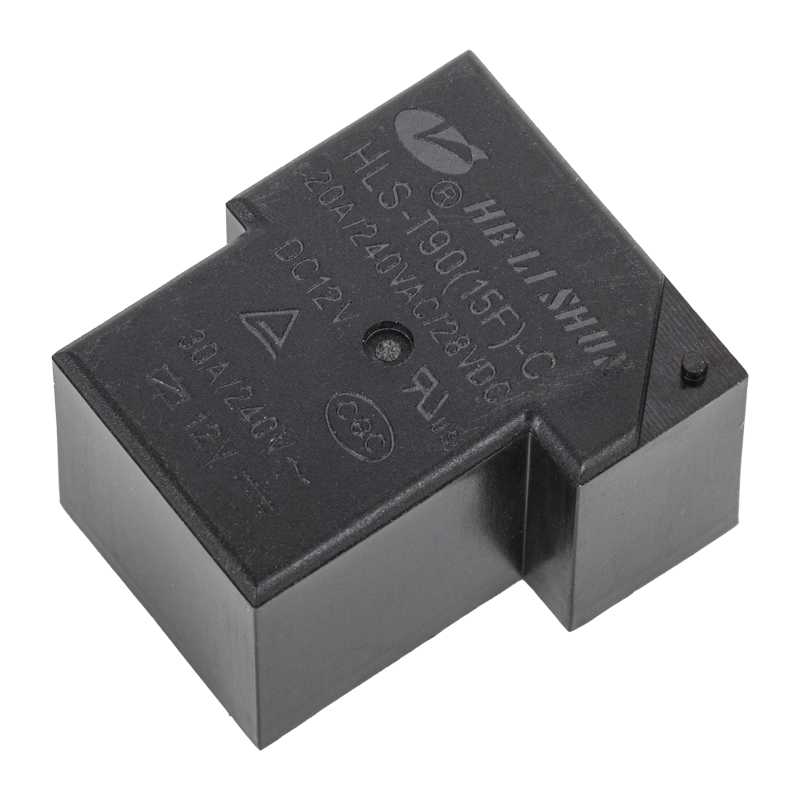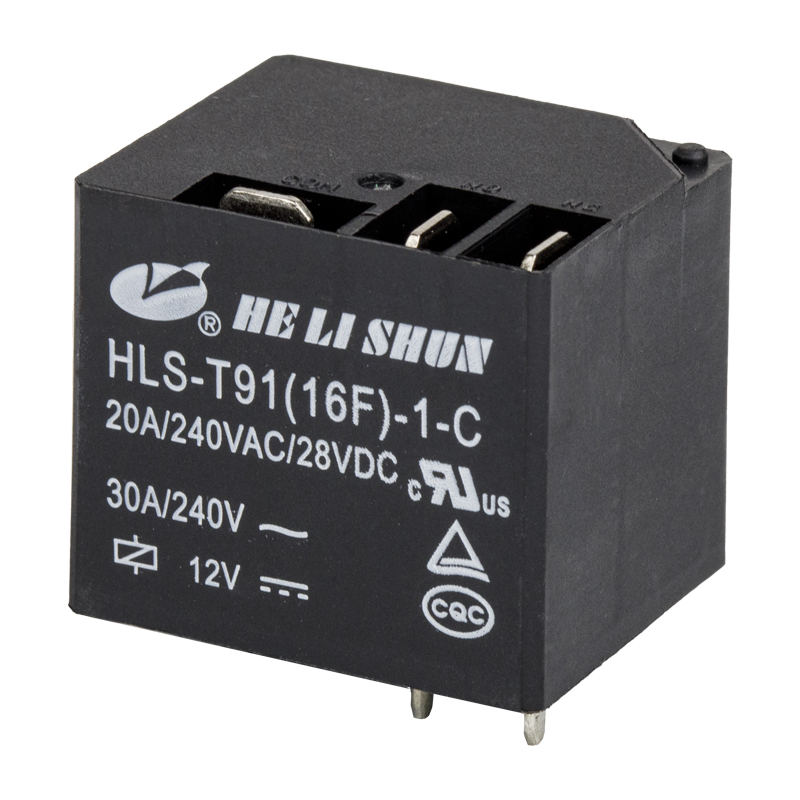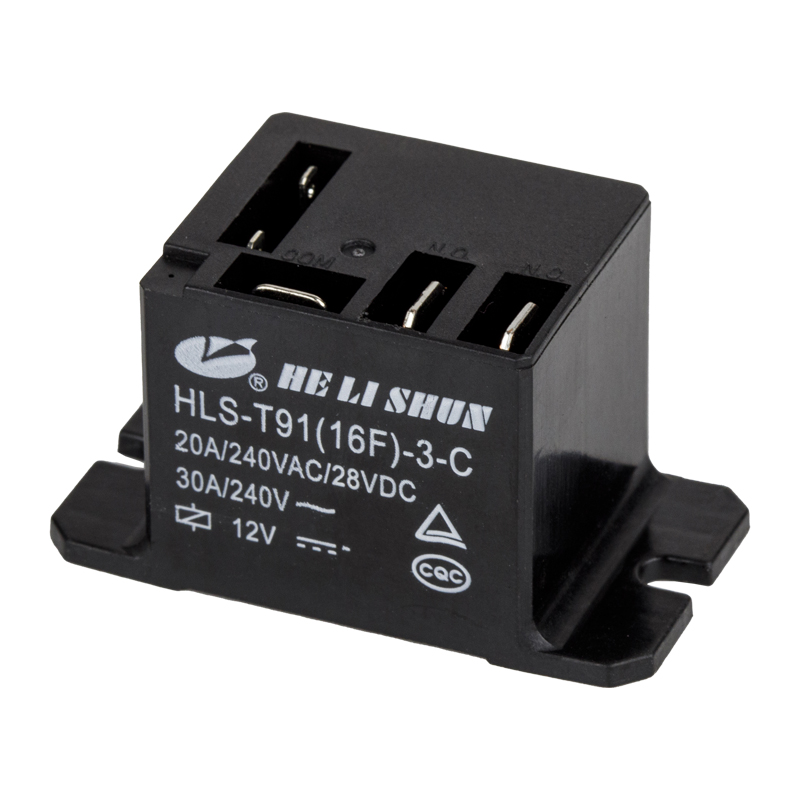A Telecom Relays is a device used to enhance and extend signal transmission distance. Its operating principle is primarily based on signal regeneration and amplification. A repeater operates at the physical layer of the OSI model. Its primary function is to receive, amplify, and retransmit signals to overcome attenuation and distortion during transmission.
The operating principle of a repeater can be summarized as follows:
Signal reception: A repeater receives signals from the network, which may have been attenuated or distorted due to long transmission distance.
Signal amplification: Circuitry within the repeater amplifies the received signal to enhance its strength and compensate for signal losses during transmission.
Signal regeneration: A repeater regenerates the signal to ensure its integrity and accuracy, allowing it to continue on to the next network segment.
Signal forwarding: The amplified and regenerated signal is retransmitted to the destination network or the next repeater, thereby extending the network's coverage.
A repeater does not interpret or process data content; it simply performs physical layer processing on the signal and therefore cannot handle data link layer or higher layer protocols. Repeaters connect network segments using the same technology, such as multiple Ethernet segments, to extend the physical reach of the network.
Repeaters come in various types, including telephone repeaters, optical repeaters, and wireless repeaters, suited to different communication scenarios and transmission media. While repeaters can effectively extend signal transmission distance, their disadvantages include increased network latency, potential for increased collision domains, and potential data loss under high loads.
Repeaters play a vital role in telecommunications and computer networks, particularly in long-distance communications, wireless communications, and industrial control, enhancing signal quality and network coverage.




 English
English 中文简体
中文简体
